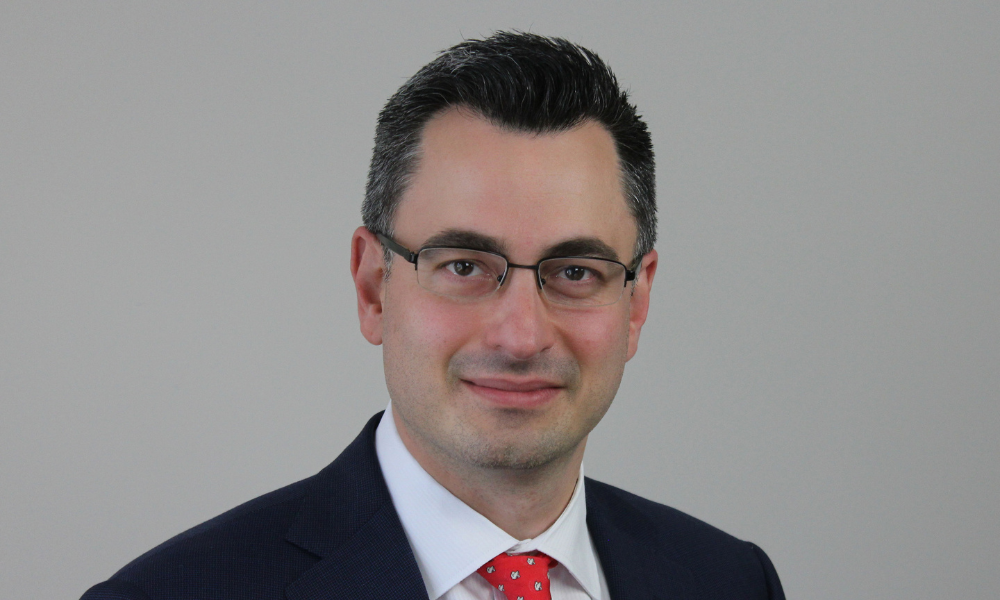Alternative investing head explains transcendent wisdom of diversification, and how advisors should rethink client needs for private investments

For retail investors, the alternative investment space, particularly private markets, might seem fraught with risk. But according to one alternative investing leader, the reality is more nuanced.
“A way look at risk in private markets is through dispersions in outcomes from the top to the bottom-quartile managers,” says Jeffrey Shell, head of Alternatives, Commercial ESG and Innovation at BMO Global Asset Management.
The wisdom of diversification
Across the private real estate, private infrastructure, and private credit spaces, Shell says the bands of performance dispersion are wider than in public markets, with top managers delivering in the 15% annual returns range compared to 5% for bottom-quartile performers. Performance of private equity investments and venture capital, meanwhile, are much more varied: top performance can exceed 25%, while bottom-performing funds could struggle to return invested capital. “But if you look at the average returns of private equity and venture – those are the highest in the industry.”
Shell says the reality of performance dispersion in the private markets should drive home the importance of manager selection, particularly since performance tends to persist in the long run: first- and second-quartile managers tend to maintain their top-half performance standing over time. That said, with both interest rates and global uncertainty elevated, it is particularly important to understand the process that managers use to create value. Some approaches will stand the test of time, while others might be more reliant on environmental factors like low interest rates.
More crucially, the variance in performance across managers underscores the wisdom of diversification. “How you enter is really important. We’d never suggest stretching for a single manager or a single strategy – that's too much fund-specific risk,” he says. “You want to build a diversified mix of investments.
“If you can get a diversified solution that's well-constructed or sits in a vehicle that also has public-market investments, like what you might see in a managed solution or a mutual fund that includes privates, you can immediately achieve balance and diversification,” he adds.
Advisors, wealth firms key to expand private markets
As the appetite for private investments continues to grow, Shell says it’s more crucial than ever for advisors to understand their clients’ needs. While advisors are likely to have a firm handle on their clients’ investment objectives, they may be spending less time on liquidity planning, which he says is very instructive to inform investors’ capacity for private markets exposure.
“[Advisors] also need to educate themselves on how and why private markets can deliver benefits,” he says. “Private markets can help enhance returns; they can help diversify risk relative to public markets investments; they can help grow income. And there are various strategies that could get applied in different ways to get at those underlying benefits.”
At the dealer level, he encourages firms to have a well-curated shelf of investor-friendly products. While he admits it would take a considerable investment of time and expertise, a well-constructed shelf of alternative investment options would be beneficial to advisors as they help clients access the time-tested benefits of private market investment.
“It's really important to build a plan for integrating private markets into a portfolio,” he says. “When you get all this right, the returns that you get over time have shown themselves to be at least 5% better in each of private equity, private credit, real estate and infrastructure.”
Depending on where they are in their wealth journey, investors with a traditional stock-bond portfolio could be overweight equities, closer to the balanced 60-40 allocation, or overweight fixed income. Whatever the case, Shell says topping up a traditional portfolio to include 10-30% of diversified private markets exposure should lead to two beneficial outcomes over time.
“One, your returns go up, and two, your risk or your volatility goes down. There aren't very many solutions that that can deliver both of those benefits,” he says. “It's really remarkable that whether you start off equity-centric or credit-centric [from traditional portfolios], you end up in a better-off position. … This is why they call diversification the only free lunch in investing.”


